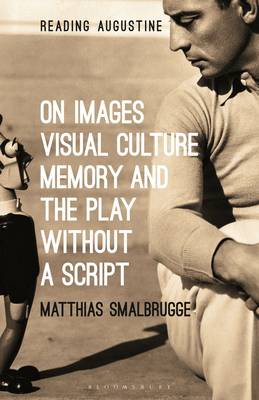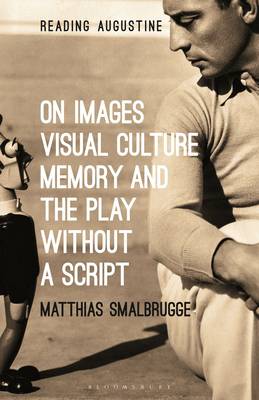
Je cadeautjes zeker op tijd in huis hebben voor de feestdagen? Kom langs in onze winkels en vind het perfecte geschenk!
- Afhalen na 1 uur in een winkel met voorraad
- Gratis thuislevering in België vanaf € 30
- Ruim aanbod met 7 miljoen producten
Je cadeautjes zeker op tijd in huis hebben voor de feestdagen? Kom langs in onze winkels en vind het perfecte geschenk!
- Afhalen na 1 uur in een winkel met voorraad
- Gratis thuislevering in België vanaf € 30
- Ruim aanbod met 7 miljoen producten
Zoeken
On Images, Visual Culture, Memory and the Play without a Script
Matthias Smalbrugge
€ 169,95
+ 339 punten
Uitvoering
Omschrijving
Matthias Smalbrugge compares modern images to plays without a script: while they appear to refer to a deeper identity or reality, it is ultimately the image itself that truly matters. He argues that our modern society of images is the product of a destructive tendency in the Christian notion of the image in general, and Augustine of Hippo's in particular. This insight enables him to decode our current 'scripts' of image.
As we live in an increasingly visual culture, we are constantly confronted with images that seem to exist without a deeper identity or reality - but did this referential character really get lost over time? Smalbrugge first explores the roots of the modern image by analysing imagery, what it represents, and its moral state within the framework of Platonic philosophy. He then moves to the Augustinian heritage, in particular the Soliloquies, the Confessions and the Trinity, where he finds valuable insights into images and memory. He explores within the trinitarian framework the crossroads of a theology of grace and a theology based on Neoplatonic views. Smalbrugge ultimately answers two questions: what happened to the referential character of the image, and can it be recovered?
As we live in an increasingly visual culture, we are constantly confronted with images that seem to exist without a deeper identity or reality - but did this referential character really get lost over time? Smalbrugge first explores the roots of the modern image by analysing imagery, what it represents, and its moral state within the framework of Platonic philosophy. He then moves to the Augustinian heritage, in particular the Soliloquies, the Confessions and the Trinity, where he finds valuable insights into images and memory. He explores within the trinitarian framework the crossroads of a theology of grace and a theology based on Neoplatonic views. Smalbrugge ultimately answers two questions: what happened to the referential character of the image, and can it be recovered?
Specificaties
Betrokkenen
- Auteur(s):
- Uitgeverij:
Inhoud
- Aantal bladzijden:
- 184
- Taal:
- Engels
- Reeks:
Eigenschappen
- Productcode (EAN):
- 9781501358852
- Verschijningsdatum:
- 27/01/2022
- Uitvoering:
- Hardcover
- Formaat:
- Genaaid
- Afmetingen:
- 140 mm x 216 mm
- Gewicht:
- 353 g

Alleen bij Standaard Boekhandel
+ 339 punten op je klantenkaart van Standaard Boekhandel
Beoordelingen
We publiceren alleen reviews die voldoen aan de voorwaarden voor reviews. Bekijk onze voorwaarden voor reviews.









